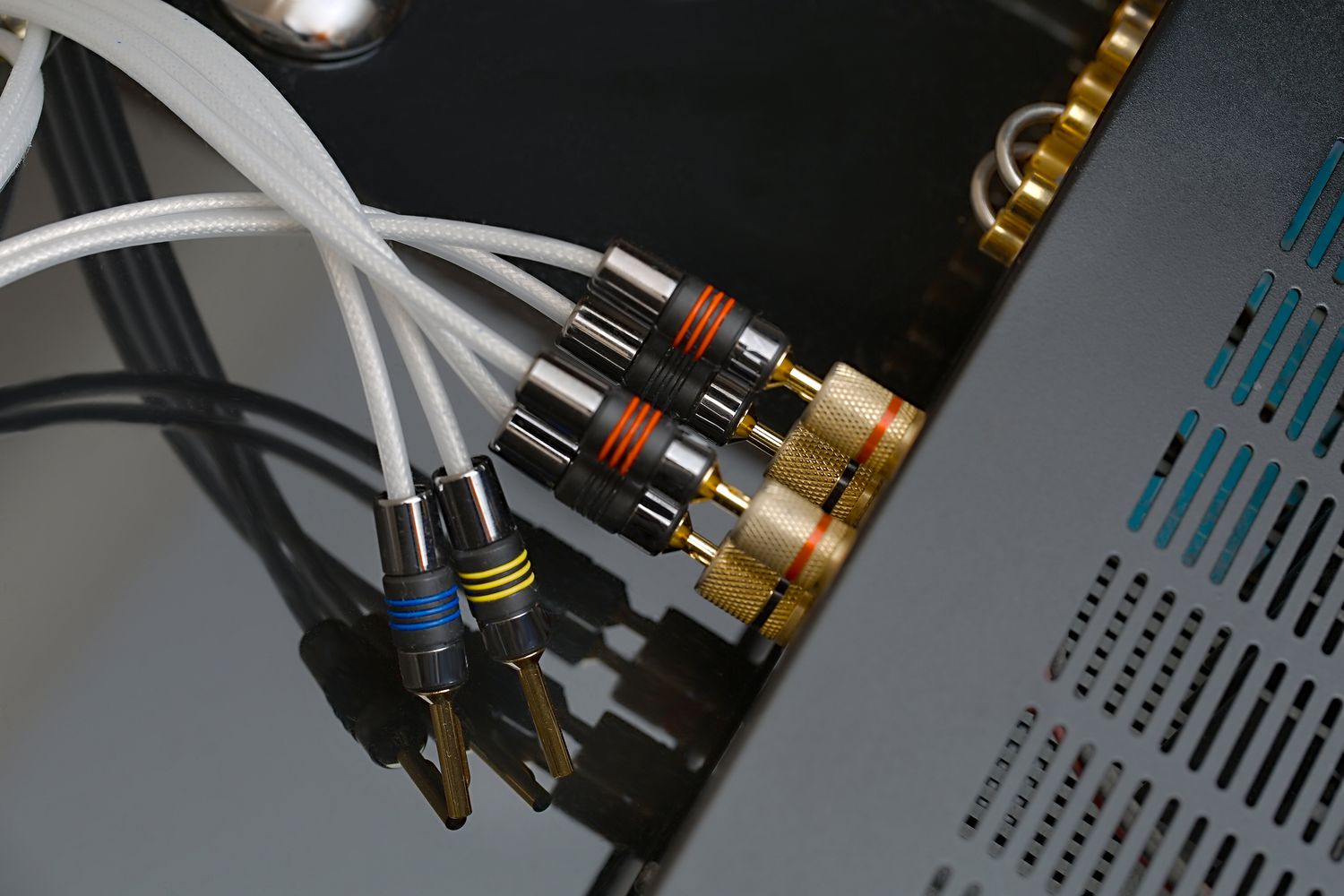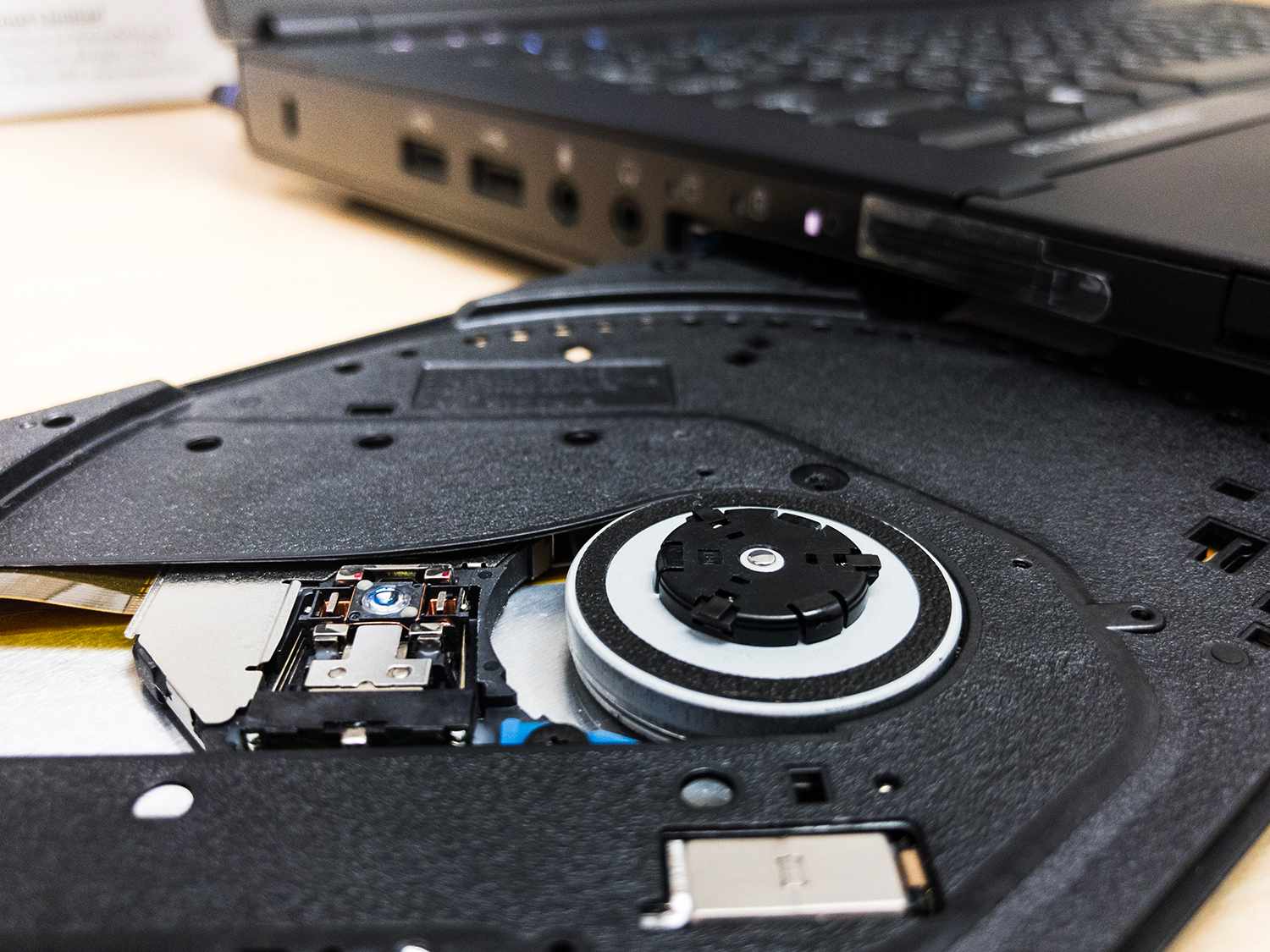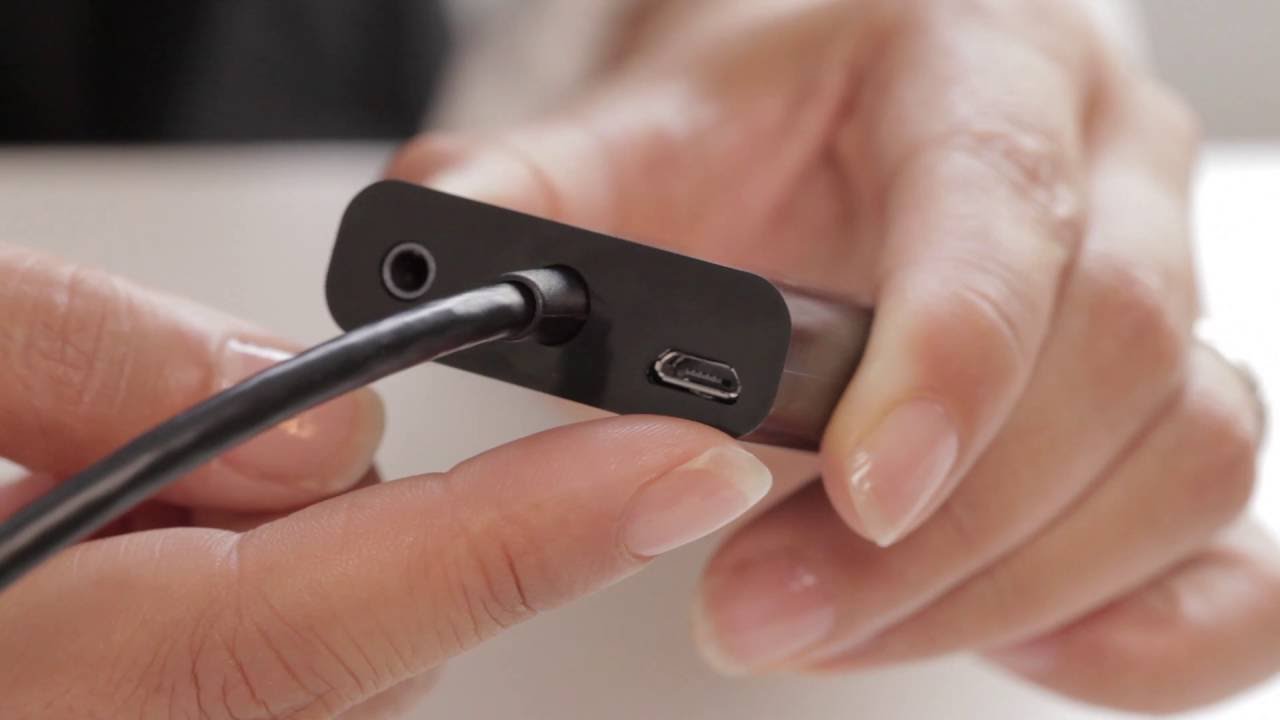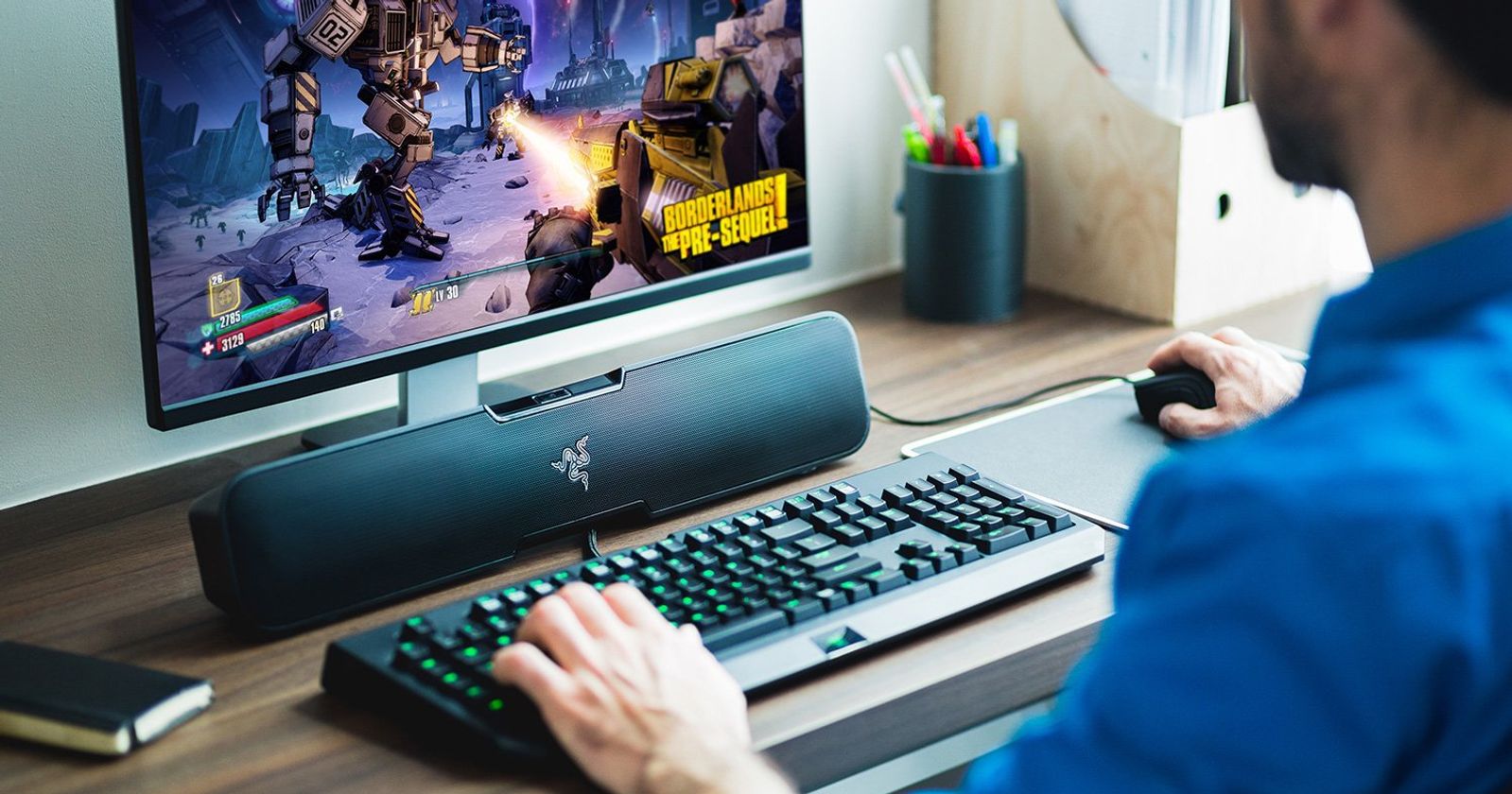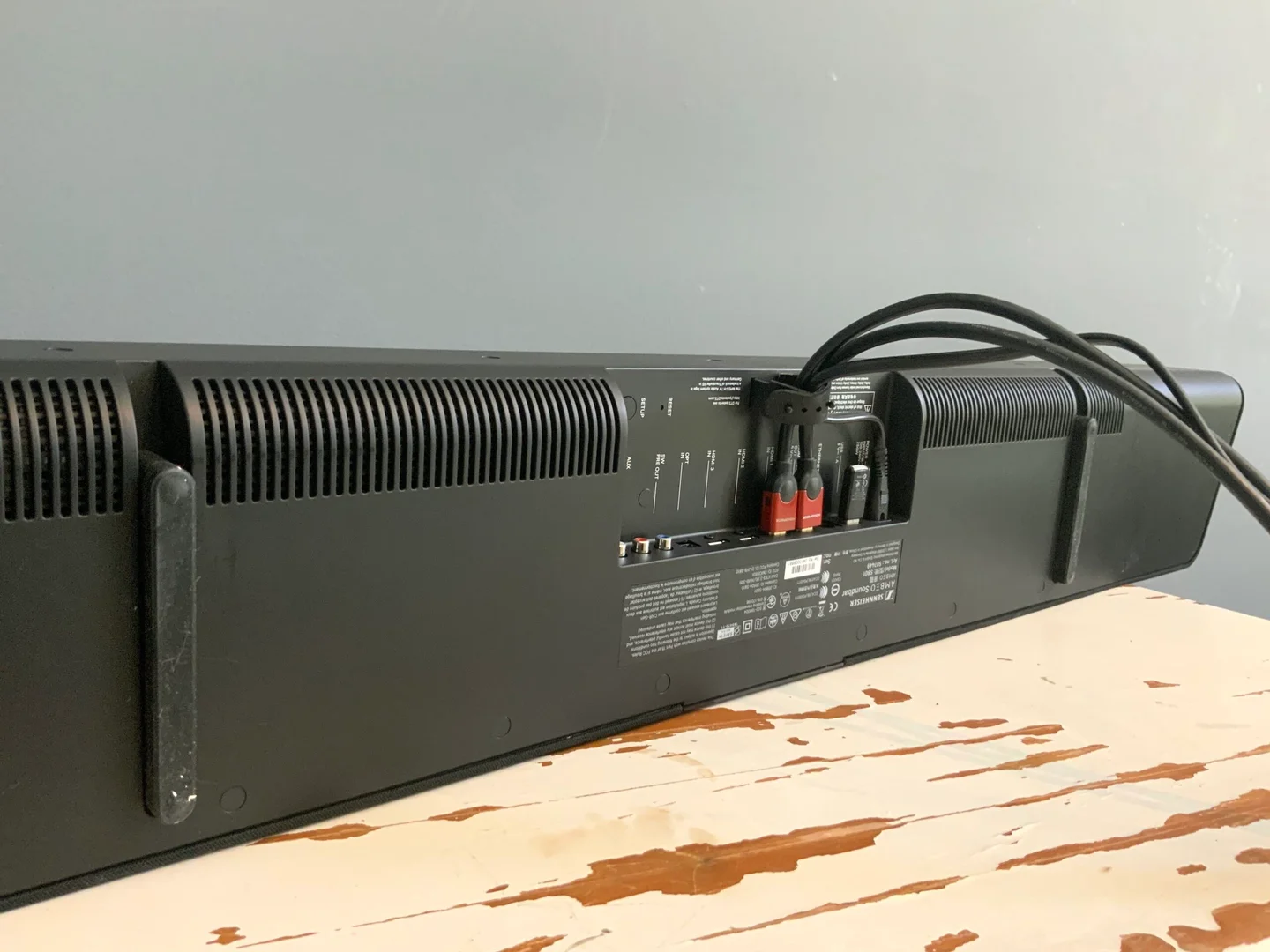Home>Production & Technology>Audio Cable>How To Connect Audio Cable From PC To TV


Audio Cable
How To Connect Audio Cable From PC To TV
Modified: January 22, 2024
Learn how to connect an audio cable from your PC to your TV with this detailed step-by-step guide. Enhance your audio experience and enjoy high-quality sound while watching your favorite movies and shows.
(Many of the links in this article redirect to a specific reviewed product. Your purchase of these products through affiliate links helps to generate commission for AudioLover.com, at no extra cost. Learn more)
Table of Contents
Introduction
Welcome to our comprehensive guide on how to connect an audio cable from your PC to your TV. Whether you want to enjoy high-quality sound while watching movies, playing games, or listening to music, connecting your PC to your TV can greatly enhance your audio experience. With the right cables and adapters, this process is relatively simple, and in this article, we will walk you through the steps to make it happen.
Before we begin, it’s important to note that there are several types of audio cables available, including HDMI, RCA, optical, and 3.5mm audio cables. In this guide, we will focus on connecting using a 3.5mm audio cable, as it is a versatile and commonly used option. However, if your PC or TV has different audio ports, you may need to use a different cable or adapter.
It’s also essential to ensure that your PC and TV have compatible audio ports. Most modern computers and TVs have audio output ports, but it’s always a good idea to refer to their respective user manuals or check the manufacturer’s website to confirm. Once you have confirmed the compatibility and gathered the necessary cables and adapters, you’re ready to move on to the next step.
Step 1: Gathering the necessary cables and adapters
Before you can connect your PC to your TV, you’ll need to ensure you have the right cables and adapters on hand. Here’s what you’ll need:
- A 3.5mm audio cable: This is a commonly used cable with a small plug on either end. It’s often referred to as a “headphone jack” cable.
- An adapter (if necessary): Depending on the ports available on your PC and TV, you may need an adapter to connect the 3.5mm audio cable. For example, if your PC has a different audio port, you may need a 3.5mm to RCA adapter.
To ensure you get the right cables and adapters, it’s a good idea to check the ports on your PC and TV beforehand. Refer to the user manuals or manufacturer’s website for detailed information on the available audio ports.
You can find these cables and adapters at electronic stores, online retailers, or even at local computer shops. Be sure to choose high-quality cables and adapters to ensure a reliable and clear audio connection.
Once you have gathered the necessary cables and adapters, you’re ready to move on to the next step: identifying the audio ports on your PC and TV.
Step 2: Identifying the audio ports on your PC and TV
Before you can connect the audio cable, you need to identify the audio ports on both your PC and TV. This will ensure you plug the cable into the correct ports. Here’s how:
- On your PC, locate the audio output port. It is typically color-coded green and may have a headphone icon next to it. Refer to your PC’s user manual or manufacturer’s website for specific details about the audio ports.
- Next, find the audio input port on your TV. It is usually labeled as “Audio In” or “PC In.” Again, consult your TV’s user manual or check the manufacturer’s website for more precise information about the audio ports.
If you are using an adapter, make sure you identify the correct ports on the adapter as well. The 3.5mm plug of the audio cable will connect to the adapter, and then the adapter will connect to the appropriate port on your PC or TV.
It’s crucial to connect the audio cable to the correct ports to ensure a proper audio signal transfer. Plugging the cable into the wrong port may result in no sound or poor audio quality.
Once you have identified the audio ports on your PC, TV, and any adapters, you’re ready to proceed to the next step: connecting the audio cable from your PC to your TV.
Step 3: Connecting the audio cable from PC to TV
Now that you have gathered the necessary cables and adapters and identified the audio ports, it’s time to connect the audio cable from your PC to your TV. Follow these steps:
- Take one end of the 3.5mm audio cable and firmly plug it into the audio output port on your PC. Ensure you insert it all the way.
- Take the other end of the audio cable and connect it to the audio input port on your TV. Again, make sure it is securely inserted.
- If you are using an adapter, connect the 3.5mm end of the audio cable to the adapter, and then connect the adapter to the appropriate ports on your PC and TV.
It is important to handle the cable and plugs carefully to prevent any damage. Gently insert and remove the cable, avoiding any unnecessary force or twisting.
Once the audio cable is securely connected, you have completed the physical connection between your PC and TV.
Keep in mind that the audio cable only carries the audio signal. If you want to transmit both audio and video, you will need to use an appropriate video cable, such as HDMI or VGA, in conjunction with the audio cable.
You’re now ready to move on to the next step: adjusting the audio settings on your PC and TV to ensure proper playback.
Step 4: Adjusting audio settings on your PC and TV
After connecting the audio cable from your PC to your TV, it’s important to adjust the audio settings to ensure proper playback. Here are the steps to follow:
- On your PC, right-click on the volume icon located in the taskbar and select “Playback devices.”
- A window will appear showing a list of audio playback devices. Locate the device that is connected to the TV and set it as the default audio playback device. If you are unsure which device to select, you can try different options until you hear sound through your TV.
- Once you have set the correct playback device, click on it and then click the “Set Default” button. This will ensure that the audio output is directed to your TV.
Next, you may need to adjust the audio settings on your TV:
- Using your TV remote, access the audio settings menu. This menu may have different names depending on the TV brand, such as “Sound,” “Audio,” or “Settings.”
- Within the audio settings menu, navigate to the input source or input settings. Select the input source corresponding to the port where you connected the audio cable.
- Adjust the volume and any additional audio settings according to your preferences. You may also find options to enable surround sound or audio enhancements, depending on your TV model.
After adjusting the audio settings on both your PC and TV, you should have a seamless audio experience when playing sound through your connected TV.
Now that you have adjusted the audio settings, it’s time to move on to the final step: testing the audio connection to ensure everything is working correctly.
Step 5: Testing the audio connection
Once you have connected the audio cable and adjusted the audio settings on your PC and TV, it’s crucial to test the audio connection to ensure everything is functioning correctly. Follow these steps to perform a quick test:
- Play an audio file on your PC, such as a music track or a video with sound.
- Make sure the volume is turned up on your PC and TV.
- Listen for sound coming from the TV speakers. If you hear the audio playing through your TV without any issues, then the connection is successfully established.
- If you encounter any issues, double-check the cable connections, ensure the correct audio settings are selected, and verify that the volume levels are adjusted properly on both your PC and TV.
If you are still experiencing difficulties, try using a different audio cable or adapter, or consult the troubleshooting section of your PC or TV’s user manual for further assistance.
It’s also worth mentioning that the audio quality can be influenced by various factors, such as the quality of your audio source and the capabilities of your TV’s speakers. Experimenting with different audio settings and adjusting sound preferences can help you optimize the audio experience to your liking.
By following these steps and conducting a proper audio test, you can ensure that the audio connection between your PC and TV is successfully established and enjoy high-quality sound while watching movies, playing games, or listening to music.
Congratulations! You have successfully completed all the steps to connect an audio cable from your PC to your TV. Now you can sit back, relax, and enjoy an immersive audio experience through your TV speakers.
Conclusion
Connecting an audio cable from your PC to your TV can significantly enhance your audio experience while enjoying movies, games, and music. By following the steps outlined in this guide, you can easily establish a reliable audio connection between your devices. Here’s a quick recap of the steps:
- Gather the necessary cables and adapters.
- Identify the audio ports on your PC and TV.
- Connect the audio cable from your PC to your TV.
- Adjust the audio settings on your PC and TV.
- Perform a thorough audio test to ensure a successful connection.
Remember, each PC and TV may have slightly different audio ports and settings, so it’s essential to consult your user manuals or the manufacturer’s website for accurate information specific to your devices.
By completing these steps, you can enjoy high-quality audio playback through your TV speakers, immersing yourself in the sound of your favorite movies, games, and music.
If you encounter any issues during the process, double-check your connections and settings, and refer to the troubleshooting section of your user manuals or seek assistance from technical support.
Now that you’re equipped with the knowledge to connect your audio cable from your PC to your TV, go ahead and enjoy a richer audio experience that complements your visual content. Sit back, relax, and let the sound transport you to a whole new level of entertainment.


